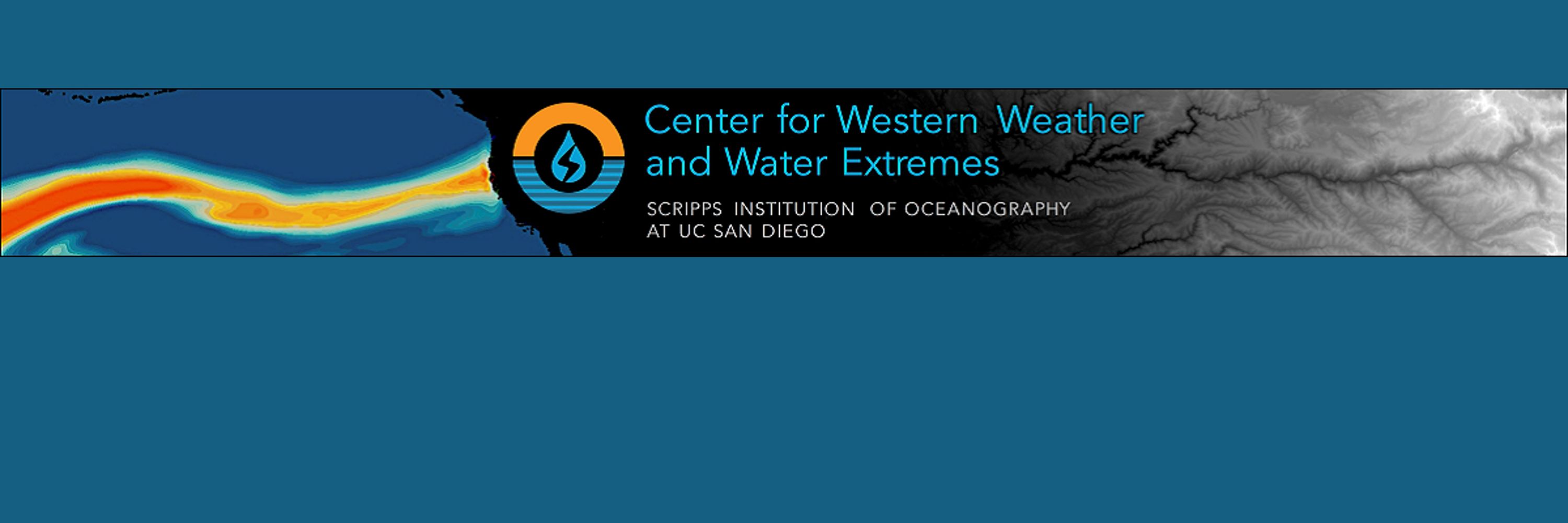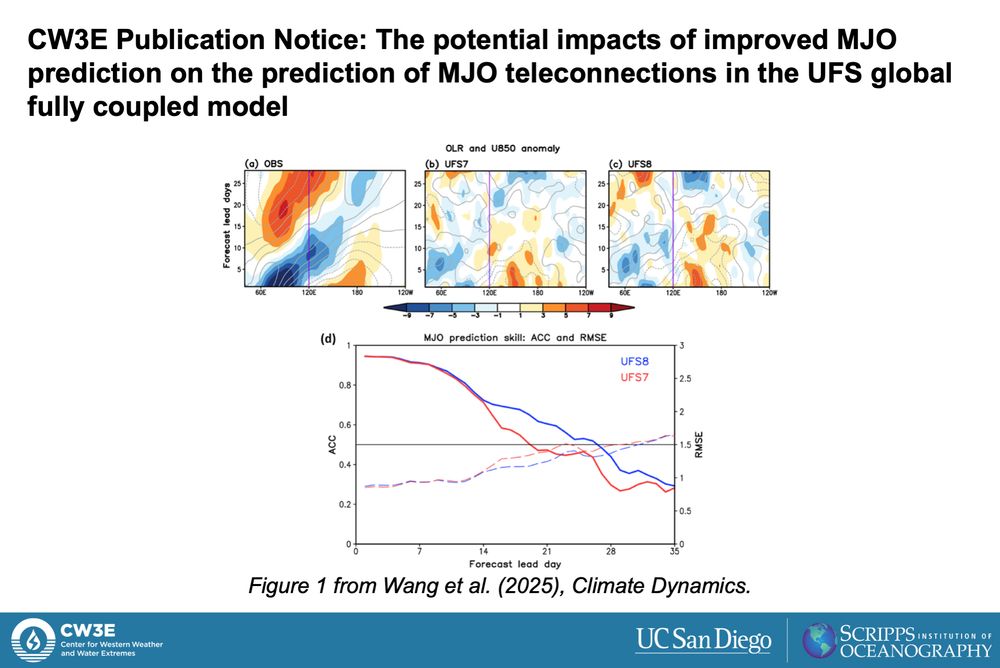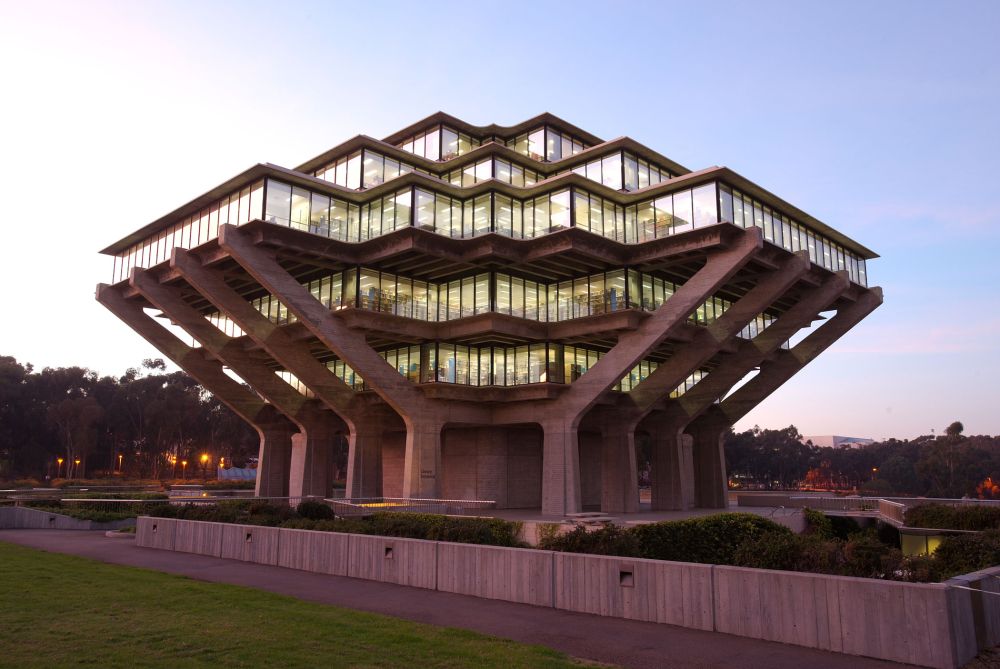CW3E Scripps
@cw3escripps.bsky.social
670 followers
3 following
94 posts
The Center for Western Weather and Water Extremes of Scripps Institution of Oceanography at UC San Diego cw3e.ucsd.edu
Posts
Media
Videos
Starter Packs
Pinned
CW3E Scripps
@cw3escripps.bsky.social
· Nov 22
CW3E Scripps
@cw3escripps.bsky.social
· Sep 2
CW3E Scripps
@cw3escripps.bsky.social
· Aug 12
CW3E Publication Notice: Characteristics and Predictability of Extreme Precipitation Related to Atmospheric Rivers, Mesoscale Convective Systems, and Tropical Cyclones in the U.S. Southeast - Center f...
CW3E Publication Notice Characteristics and Predictability of Extreme Precipitation Related to Atmospheric Rivers, Mesoscale Convective Systems, and Tropical Cyclones in the U.S. Southeast August 12, ...
cw3e.ucsd.edu














![Page 3 of Quick Look. (Top) (Bottom) GEFS control 7-day AR Scale and ensemble IVT plumes at 38.0°N, 123°W (left) and 47.5°N, 124.5°W (right). (Bottom) CW3E's AR Landfall tool based on GEFS showing the probability of AR conditions [IVT ≥ 250 kg/(ms)] along the West Coast of North America during the next 16 days.](https://cdn.bsky.app/img/feed_thumbnail/plain/did:plc:m6wmrhwljxz43udvb5drleue/bafkreif7rytp5k75qtdme4ep6yiy2qd2nf6yyct2rosb7oip2kwrkwotgu@jpeg)

![CW3E's AR Landfall Tool based on the Global Ensemble Forecast System (GEFS). Shading indicates the probability of AR conditions [IVT≥250 kg/(ms)] along the West Coast of North America over the next 16 days.](https://cdn.bsky.app/img/feed_thumbnail/plain/did:plc:m6wmrhwljxz43udvb5drleue/bafkreih5aafiatykslxyxt7v2e6bljxsqyriu7fhd7kndvaozrwvrsn3rm@jpeg)








![Flight tracks and geographical distribution of the data collected from Atmospheric River Reconnaissance 2024 intensive observing period (hereafter, IOP) 24, centered at 0000 UTC 23 January 2024. Red stars indicate departing airports. Background meteorological fields are based on ERA-5 reanalysis data valid at 0000 UTC 23 January 2024. Shades with gray contours: Integrated vapor transport (IVT) magnitude [kg/(ms)]. Black dashed contours: mean sea level pressure (MSLP; hPa) with an interval of eight hPa. Cyan/green filled circles: locations of actual/planned dropsondes collected during this IOP mission. Dark green lines: Airbone radio occultation (ARO) slanted profiles, with the highest point at the flight track and the lowest part at the end of the line furthest from the flight track. Figure 1 from Zheng et al. (2025).](https://cdn.bsky.app/img/feed_thumbnail/plain/did:plc:m6wmrhwljxz43udvb5drleue/bafkreifttnfyt5fetcbs56mrlsuwqq3mdnagpp6vnn4ms5hahkq6guzqky@jpeg)











